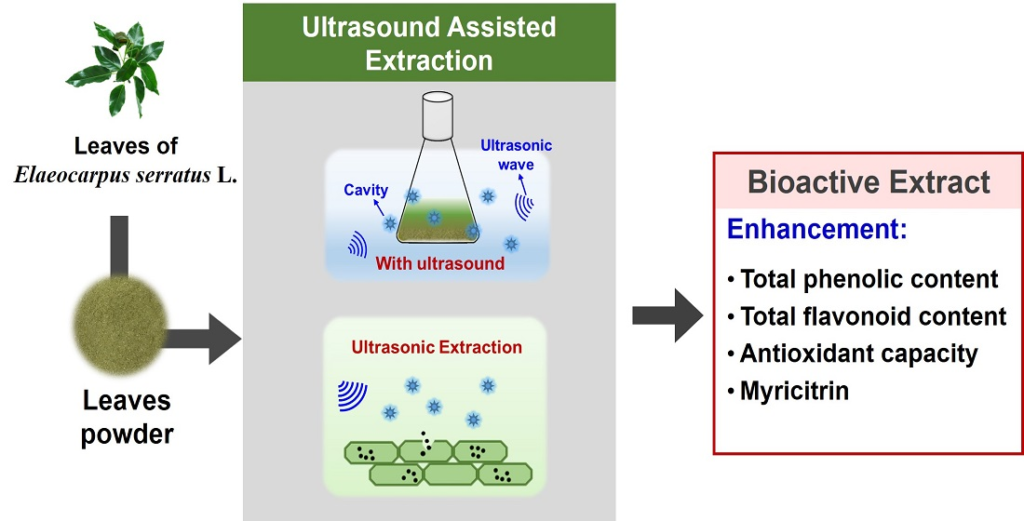
What Is Ultrasound Extraction For Bioactive Compounds?
Growing fruit and vegetable processing industries generates a huge amount of by-products in the form of seed, skin, pomace, and rind containing a substantial quantity of bioactive compounds such as polysaccharides, polyphenols, carotenoids, and dietary fiber. Due to a lack of sustainable extraction techniques, these processing byproducts are deemed of minimal value in comparison to the processed fruit or vegetable. Conventional extraction has certain limitations in terms of time, energy, and solvent requirements. Ultrasound aided extraction (UAE) extracts bioactive components in a fraction of the time, at a lower temperature, and with less energy and solvent. UAE, as a non-thermal extraction method, is better suited to preserving the bioactive chemicals’ functioning. However, for each by-product, the variables connected with UAE, such as frequency, power, duty cycle, temperature, time, solvent type, and liquid-solid ratio, must be understood and optimised.

Source: MDPI.com
Polyphenols, carotenoids, scents, and polysaccharides have all been successfully extracted from plant matrices using ultrasound. For optimum extraction, the variables connected with UAE, such as frequency, power, duty cycle, temperature, time, solvent type, and liquid solid ratio, must be precisely controlled. Several researchers have investigated the individual and interactive impact of these variables on the extraction of bioactive chemicals from fruit and vegetable by-products. There are positive evaluations available for UAE extracted from food and natural products, like as pectin, employing innovative ways to extract antioxidant components from plant food.
Reference:
https://www.sciencedirect.com/science/article/pii/S1350417720309950





